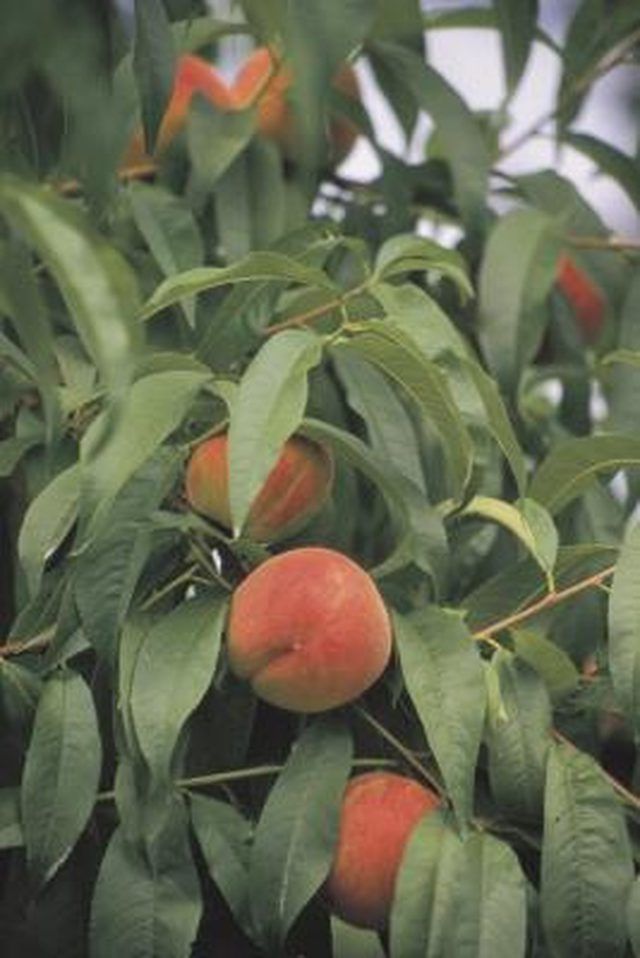Bulbs
Flower Basics
Flower Beds & Specialty Gardens
Flower Garden
Garden Furniture
Garden Gnomes
Garden Seeds
Garden Sheds
Garden Statues
Garden Tools & Supplies
Gardening Basics
Green & Organic
Groundcovers & Vines
Growing Annuals
Growing Basil
Growing Beans
Growing Berries
Growing Blueberries
Growing Cactus
Growing Corn
Growing Cotton
Growing Edibles
Growing Flowers
Growing Garlic
Growing Grapes
Growing Grass
Growing Herbs
Growing Jasmine
Growing Mint
Growing Mushrooms
Orchids
Growing Peanuts
Growing Perennials
Growing Plants
Growing Rosemary
Growing Roses
Growing Strawberries
Growing Sunflowers
Growing Thyme
Growing Tomatoes
Growing Tulips
Growing Vegetables
Herb Basics
Herb Garden
Indoor Growing
Landscaping Basics
Landscaping Patios
Landscaping Plants
Landscaping Shrubs
Landscaping Trees
Landscaping Walks & Pathways
Lawn Basics
Lawn Maintenance
Lawn Mowers
Lawn Ornaments
Lawn Planting
Lawn Tools
Outdoor Growing
Overall Landscape Planning
Pests, Weeds & Problems
Plant Basics
Rock Garden
Rose Garden
Shrubs
Soil
Specialty Gardens
Trees
Vegetable Garden
Yard Maintenance
Gelatin Like Substances Oozing From My Peach Tree
Gelatin Like Substances Oozing From My Peach Tree. Peaches are a native fruit of Asia and are often referred to as the queen of fruit. Peaches rank second in popularity to apples among the deciduous fruits. The fruit is broadly classified as clingstone and freestone. A fungal disease causes trees to secrete a clear gelatin-like substance.

Peaches are a native fruit of Asia and are often referred to as the queen of fruit. Peaches rank second in popularity to apples among the deciduous fruits. The fruit is broadly classified as clingstone and freestone. A fungal disease causes trees to secrete a clear gelatin-like substance.
Identification
Peach trees are susceptible to cytospora canker disease caused by the cytospora fungi. The disease is more common in trees that are culturally stressed or are suffering from drought and frost damage. The fungus also enters trees through tree wounds and bark injuries.
Damage
The disease is characterized by the appearance of yellow-orange or black patches on trunk and branches. Affected areas secrete a gelatinous, gummy substance and gradually develop cankers or sunken dead spots. Small, black fungal fruiting bodies can be seen within the cankers. The fungal oozing increases under moist conditions. The infection girdles and kills branches.
Management
Reducing stress on trees and keeping trees in vigorous health are among the preventative strategies for cytospora canker. Avoid injuring bark, limbs or roots to minimize risk of infection. Prune and remove infected areas with disinfected tools and allow tree tissues to dry.